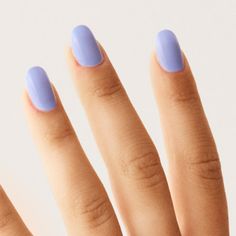A Barber’s Guide To The Best Kind Of Fades

Fades have become a staple in men’s hairstyling, offering a sharp and modern look that can be tailored to suit various tastes and face shapes. As a professional barber, understanding the nuances of different fade types is essential to meet the diverse demands of clients. Here’s a comprehensive guide to mastering fades.
1.Understanding the Fade:
Knowing what a fade is sets the foundation for creating the perfect cut. A fade is a gradual transition from short to longer hair, which can start from skin level (bald) and blend into any desired length on top.
2.The Types of Fades:
– Classic Fade: This is your traditional fade with a clean transition, typically starting with a number two guard and blending upwards.
– Low Fade: Begins just above the ear level and tapers down towards the neck. It suits most face shapes and is more subtle.
– Mid Fade: Starts at the temple level, offering a balance between the low and high fades—a versatile option for many styles.
– High Fade: Begins higher up on the head, near or at the parietal ridge, drawing attention upward and making a more dramatic statement.
– Skin or Bald Fade: Features hair that gradually fades into the skin, usually starting very low with a foil shaver or razor for smoothness.
– Taper Fade: Similar to traditional fades but leaves more length on top for styling flexibility.
3.Choosing the Right Fade:
To determine the best fade for your client, take into account their head shape, hair type, lifestyle, and maintenance preferences. Ask questions to understand their daily routine as it might affect their choice.
4.Tools of The Trade:
High-quality tools are paramount: clippers with adjustable blades, guards in various sizes, trimmers for edging and detail work, razors for clean lines, combs for even sectioning of hair, shears for trimming top length if needed, and brushes or blow dryers to check blending.
5.Technique Matters:
The key to an impeccable fade is blending—the transition should show no lines or steps between lengths. Start with lower guards and gradually go higher up while adjusting the clipper lever for smooth transitions. Use wrist motions for softer blends.
6.Keep It Clean:
Regular maintenance on both your tools and your workspace will not only ensure hygiene but also consistency in haircut quality.
7.Client Consultation:
Always hold a detailed consultation before picking up your clippers. Discuss their desired look, show them examples if needed, assess their hair type/condition, and set realistic expectations based on their natural hair.
8.Continuous Learning:
Trends evolve and techniques get refined; hence continuing education through workshops or online tutorials will keep you at the forefront of barbering skills.
Mastering these elements will allow barbers to deliver top-notch fades that keep clients returning. Remember that each fade should be as unique as the person wearing it—customize your approach for every individual to achieve the best results in modern men’s grooming.






